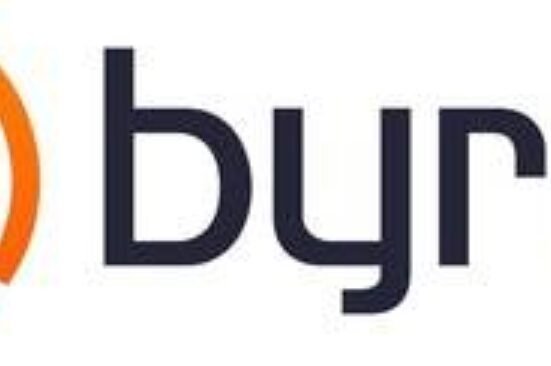CANADA – 2025/05/13: In this photo illustration, the Oklo logo is seen displayed on a smartphone … More
Oklo stock (NYSE:OKLO), the nuclear energy startup supported by OpenAI’s Sam Altman, has performed remarkably well, rising over 140% year-to-date in 2025. There is ample justification for the enthusiasm. Oklo is constructing compact, fast-spectrum microreactors that strive to provide clean, safe, and cost-effective electricity, which could be advantageous as electricity demand escalates and worries about climate change and global warming grow. Nonetheless, the company remains pre-revenue, with its first commercial reactors anticipated to come online in 2028 or 2029. Currently priced at around $54 per share and possessing a market cap close to $8 billion, Oklo stock is not only highly valued but also somewhat speculative. So what exactly does Oklo do and how does the risk-to-reward ratio appear for the stock?
Why Nuclear Looks Attractive
The demand for electricity is projected to surge significantly in the upcoming years, and nuclear energy presents a compelling solution. In contrast to intermittent renewable sources like wind and solar power, nuclear provides clean, stable, round-the-clock electricity. The technology sector is quickly expanding data centers to meet the energy-intensive requirements of generative artificial intelligence, while President Trump’s extensive domestic manufacturing initiative and a wider movement toward electrification continue to elevate power requirements. Concurrently, environmental threats are increasing, with global warming necessitating cleaner energy sources.
Oklo’s Promising Tech
Oklo is developing compact, fast-spectrum microreactors intended to deliver clean, safe, and cost-effective energy. The company’s Aurora line of reactors targets power capacities ranging from 15 to over 100 megawatts. This marks a significant shift from traditional nuclear power plants in the U.S., which average around 1,000 megawatts. This results in a smaller and far more adaptable footprint. The reactors utilize fast neutrons along with liquid-metal cooling, avoiding the complexities associated with high-pressure systems, while enhancing fuel efficiency and safety.
One of Oklo’s hallmark innovations is the employment of recycled nuclear waste as fuel, turning a long-standing issue into a valuable clean energy asset. With running times of 10 years and no requirement for on-site fuel handling, these microreactors are well-suited for remote and high-demand applications such as AI data centers, industrial facilities, and military installations. The company plans to sell electricity rather than power plants, directly to customers under long-term contracts, which should ensure consistent revenue and profits.
Regulatory Tailwinds
The U.S. regulatory landscape seems to be shifting positively for advanced nuclear projects. Recent executive orders from President Trump aim for an increase in nuclear capacity from 100 GW to 400 GW by 2050. Importantly, the Nuclear Regulatory Commission is streamlining its processes, implementing new regulations that require reactor licensing decisions within 18 months. These changes are designed to expedite the deployment of advanced technologies like those developed by Oklo. Additionally, the U.S. Department of Defense is becoming an important customer for Oklo, collaborating with the company to supply its reactor technology to power the Eielson Air Force Base in Alaska.
Risks
Nonetheless, with no significant revenues anticipated until at least 2028, Oklo will be consuming substantial cash to support its R&D, licensing, and operational build-out in the coming years. As of the end of Q1 2025, the company held approximately $260 million in cash and marketable securities, while it projects an annual cash burn of $65 to $80 million for the current fiscal year. At that burn rate, Oklo has about 3 to 4 years of funding runway, provided that its costs do not increase. This suggests a possibility that equity dilution or additional debt may be required in the future.
Even if Oklo successfully navigates regulatory challenges, scaling production and commercial deployment will be a substantial hurdle. Many prominent energy and hardware startups have faltered at this critical juncture, struggling to transition from promising prototypes to reliable performance in real-world settings at scale.
Uncomfortable with the inherent risks of OKLO stock? You might consider the Trefis Reinforced Value (RV) Portfolio, which has surpassed its all-cap stocks benchmark (a combination of the S&P 500, S&P mid-cap, and Russell 2000 benchmark indices) resulting in strong returns for investors. What accounts for this? The quarterly rebalanced mix of large-, mid-, and small-cap RV Portfolio stocks provides a responsive approach to maximizing favorable market conditions while reducing losses during market downturns, as detailed in RV Portfolio performance metrics.








